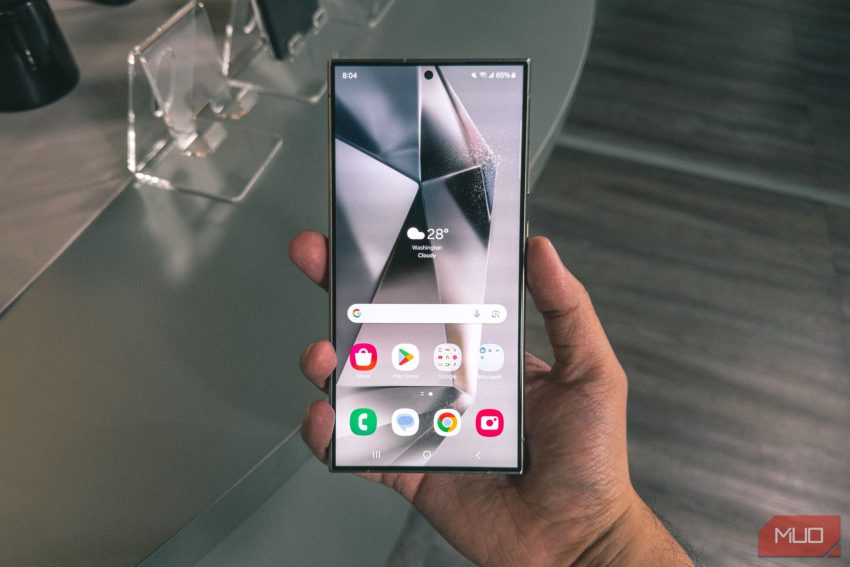Managing Storage on Your Samsung Phone
Running out of storage on your Samsung phone is a common issue, especially if you don’t have a 1TB model. However, there are several ways to reclaim space without deleting important files or apps. One UI offers various tools to help manage your storage efficiently.
Empty the Trash
The first step when your phone starts running low on space is often deleting old screenshots, blurry photos, and random videos. However, these files may still be in the Trash folder for 30 days before being permanently deleted. This feature is useful if you accidentally delete something.
To clear the Trash folder, go to Settings > Device Care > Storage > Trash. Tap on Gallery to view deleted photos and videos. If there’s anything you want to keep, you can restore it. Otherwise, open the three-dot menu and select Empty to clear everything at once. Don’t forget to check the Trash in the Files app as well.
Remove Duplicate Files
Over time, your Galaxy phone may accumulate duplicate files due to repeated downloads or sharing across apps. These duplicates can take up significant storage space.
To remove them, head to Settings > Device Care > Storage > Duplicate files. Tap All in the top-left corner to let your phone identify duplicates, leaving originals untouched. Once done, tap Delete to remove them. The files will move to the Trash folder, so make sure to empty it afterward.
Archive or Uninstall Unused Apps
Unused apps can take up unnecessary space. Samsung phones highlight apps not opened in the past 30 days. To view them, go to Settings > Device Care > Storage > Unused apps. Select the apps you no longer need and hit Uninstall.
For some apps, you’ll see an Archive option, which removes the app but keeps its data. If you prefer, set the Play Store to automatically archive unused apps by going to Play Store Settings > General and enabling Automatically archive apps.
Clear App Caches
Even regular apps can benefit from cache cleanup. Cache files help speed up operations but can accumulate over time. Samsung’s One UI allows clearing all app caches at once.
Go to Settings > Device Care > Storage > App cache, tap All to select every app, then hit Clear caches. This won’t delete personal data or settings, but apps may feel slower initially.
Delete Old Offline Files
Apps like Google Maps, Spotify, and YouTube allow offline content downloads, which can take up space. Check these apps to remove outdated files. For example, in Spotify, go to Library to delete downloaded albums. In YouTube, use Settings > Downloads to clear old videos.
Move Large Videos to the Cloud
High-quality videos from your Samsung phone’s camera can quickly consume storage. Consider moving large videos to the cloud using services like OneDrive or Google Photos. OneDrive offers 5 GB free, with options to upgrade. Google Photos lets you back up videos individually.
You can also move files to a PC or use a USB-C flash drive to offload videos.
Get Rid of “Other Files”
The Other files category in your storage breakdown can be mysterious, holding system files, cached data, and temporary files. If it’s taking up too much space, consider a factory reset. Samsung offers a cloud backup feature that stores your data for 30 days, allowing you to reset without losing important information.
By using these methods, you can effectively manage your Samsung phone’s storage and improve performance without losing essential data.
